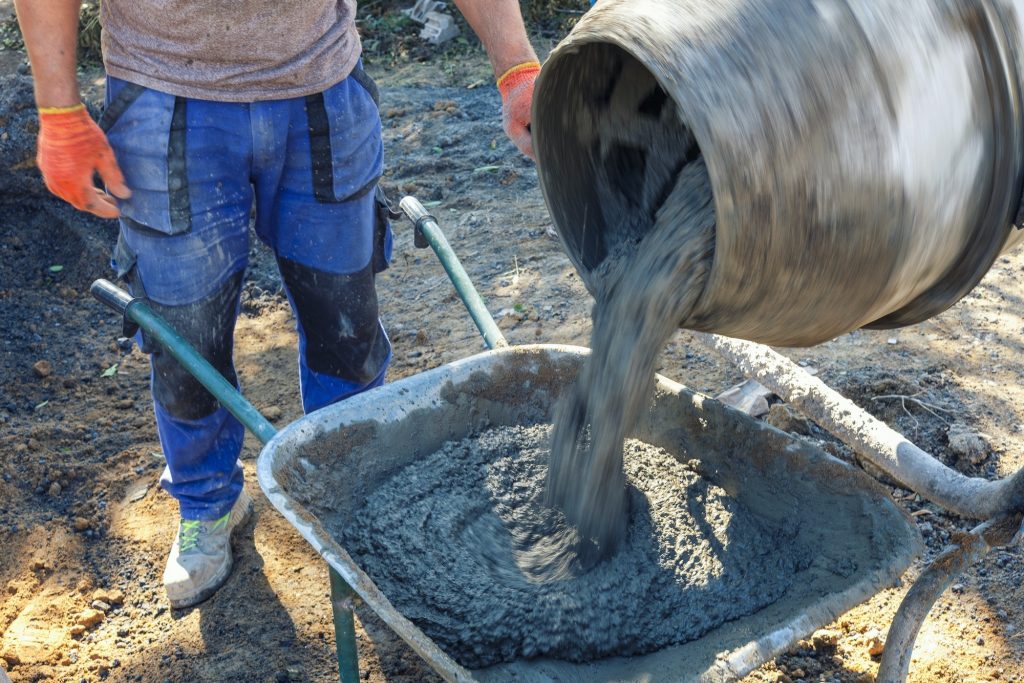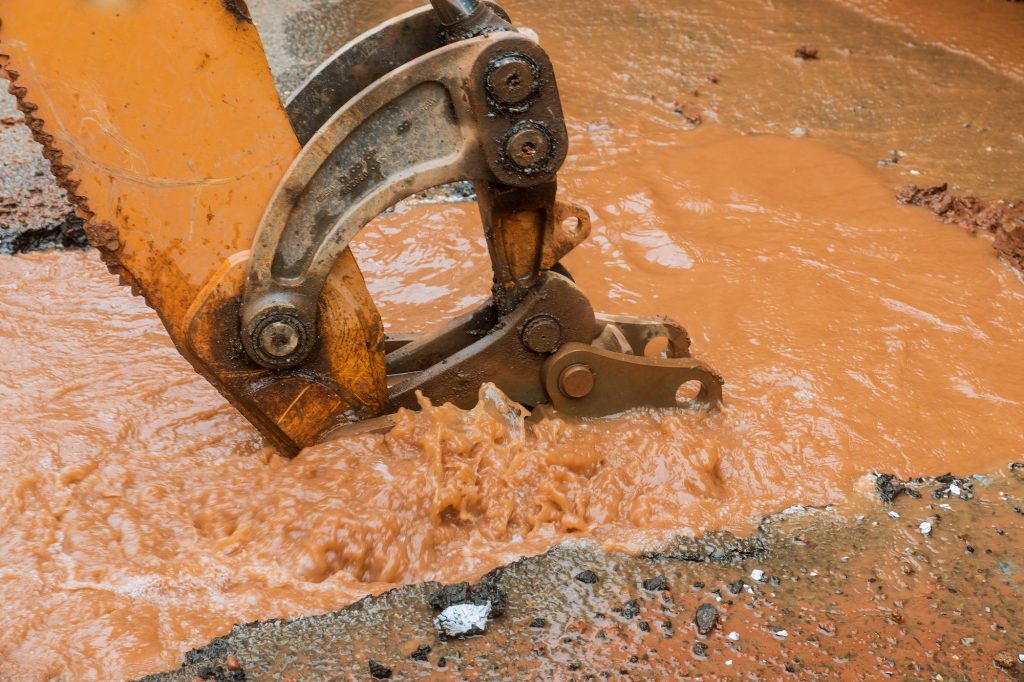Is Bottled Water Better Than Filtered Water?
Whether you are using a filter or buying bottled water, you need to make sure you are getting a clean product. Both have advantages and disadvantages.
It’s cheaper
Whether you are looking for a water filter or simply want to know if bottled water is cheaper than tap, there are several things you should know. The most obvious is that bottled water is not that cost-effective.
On the other hand, tap water is cheap. In fact, most municipal water is less than a penny a gallon. So, it’s better for the environment and you’ll save some money in the process.
The other thing to consider is the water’s quality. Some brands use reverse osmosis technology, which purifies the water. There are also other options, such as activated carbon filters. These can reduce lead and other common impurities.
Some brands are even distilled. This isn’t necessarily the best option, though. It’s not always as pure as tap water, and sometimes there are additives added.
The biggest problem with bottled water is that it isn’t very environmentally friendly. It takes 47 million gallons of oil to manufacture and transport plastic bottles. And, most people don’t recycle their plastic bottles. This is a big problem for the environment, since empty plastic bottles are tossed out.
The good news is that filtered tap water is affordable and easy to use. You can purchase a filtration system or connect a pitcher or water filter to your sink. You’ll also save on your energy bill.
A better option is a whole house filtration system. These systems can be a bit pricey up front, but over the course of a year, you’ll have saved hundreds of dollars.
Another option is to install a filtration unit in your refrigerator. A new appliance with a filtration system can save you $600 a year. You can also install a water filter in your car. This may seem like a small savings, but if you’re going to drive to work every day, this could be a real win-win.
It’s thinner
Whether you have a taste for water or simply need something to drink on the go, bottled water is convenient. It can also provide a healthier alternative than tap water. In fact, it can be better than filtered water.
But the bottled water industry is a multi-billion dollar business. Bottled water is now the largest beverage category by volume in the United States. In 2016, the industry produced nearly 13 billion gallons of bottled water. It’s a growing industry, with consumption rising globally.
The bottled water industry has faced a number of challenges, including a problem-in-search-of-innovation, class size reductions, and the need to meet new government mandates. It’s no surprise then that consumers are inclined to pay more for “green” products.
Despite the marketing hype, bottled water is not necessarily the best choice for most people. A good quality water filter can make your tap water healthier and more enjoyable. While bottled water may be a good option in some places, if you’re concerned about your health, you may want to choose filtered tap water.
If you live in a high-contamination area, you should buy a quality water filtration system. It’s also cheaper than moving.
If you do decide to buy a bottle of bottled water, there are several brands you can buy with the best ingredients. You can also look for a reusable water bottle. These bottles are durable and will last for a long time.
The bottled water industry has a strong incentive to produce and sell safe and healthy water. But with the rise of nano-plastics and other contaminants, there’s more to be concerned about than just taste.
In the end, a water filtration system can be the best way to make your tap water healthier. A quality filtration system is inexpensive and can be used to make your tap water healthier, without sacrificing the taste.
It contains more microplastics
During the past year, public concern has increased about the presence of plastic particles in our bodies and the environment. Plastics are a widespread part of our lives. They are found in air, in the soil, and in water. They are also used in manufacturing processes.
The World Health Organisation (WHO) recently launched a study to review the potential health risks associated with microplastics in drinking water. It found that bottled water contains about 22 times more microplastics than filtered tap water. The study’s lead authors include policy makers, academics, and non-government experts from around the world. They call for more research into the effects of microplastics on human health. They also call for action to reduce the use of plastics in the water supply.
The study found that the average concentration of plastic particles in bottled water was about 325 microns. That is about the size of a human hair. Some bottles contained up to 10,000 microplastics per liter. The highest concentration was in a bottle of Nestle Pure Life water.
The study’s lead researchers say that the presence of plastic particles in bottled water is likely due to the manufacturing process. But they also point out that these particles may enter the water source from air.
The European Food Safety Authority states that most microplastics in drinking water are excreted by the body. However, there is still no known safe level of consumption. During the research, Mason and her team tested 259 bottles of water in nine countries. They found that the average concentration of microplastics in reusable PET bottles was higher than in other packaging.
Several types of microplastics were identified, including polyethylene terephthalate, polypropylene, nylon, and polyurethane. They also found plastic fibers.
It uses a lot of petroleum
Whether you choose to use home filtered tap water or bottled water, the amount of petroleum used to create the bottles can be a big part of your environmental impact. This is because a lot of the plastic in water bottles is made of polyethylene terepthalate (PET), which is produced from crude oil.
In 2007, US consumers bought 33 billion liters of bottled water. This is equal to approximately 32 to 54 million barrels of oil.
The energy required to produce a liter of bottled water is 5.6 to 10.2 million joules. This is about a third of a percent of the total energy consumption of the United States.
The calculations are complicated by the type of material used for the bottle and the method of transportation. For instance, it takes about 40% more energy to make a bottle of polycarbonate than it does to make a bottle of PET.
Bottled water has a life cycle that includes transportation, packaging, and the treatment of the water. The bottled water industry accounts for nearly $16 billion in wholesale sales in 2016. In 2016, it was the largest category of beverage by volume in the United States.
The energy needed to manufacture a bottle of bottled water is more than double the energy required to fill a liter of tap water. According to the Container Recycling Institute, more than 1.5 million barrels of oil are needed to produce a liter of bottled.
The Energy Institute estimates that a liter of bottled water requires about 5.6 million joules of energy. The energy used to treat tap water costs about 0.005 million joules per liter.
In a study of bottled and tap water, researchers found no difference in the amounts of endocrine disruptors, carcinogens, or bacteria.
It’s a threat to wildlife
Whether you’re using bottled water or tap water, it’s important to know how much of a role it plays in the ecosystem. Its production, disposal and reuse affect the conservation of non-renewable resources, such as oil.
The production of plastic bottles is a emission-intensive process, and it releases 2.5 million tons of carbon dioxide into the atmosphere every year. The manufacture of a plastic bottle requires the use of over 17 million barrels of oil. This means that the plastic industry will account for 20% of the world’s oil consumption by 2050.
The production of a plastic bottle also requires the refining of fossil fuels to extract chemicals. This process releases greenhouse gases into the atmosphere and releases polyvinyl chloride and dioxins into the environment. Moreover, mismanaged plastic bottles can leach hazardous chemicals into the water they contain. In fact, a plastic bottle with an empty belly resembles the stomach of a dead whale.
One of the best ways to reduce the damage bottled water does to the ecosystem is to replace it with a reusable bottle. In the United States, about 86% of disposable water bottles end up in landfills. This translates to millions of pounds of plastic garbage being dumped into the landfill each year. This, in turn, blocks drainage, generates an unpleasant smell, and causes air pollution. The resulting ozone layer depletion will also hamper the resilience of ecosystems, making them more susceptible to flooding in the future.
The manufacturing of a plastic bottle also requires the use of an impressive 17 million barrels of oil, which is not cheap. The production of a single-use bottle resembles the process of harvesting a water drop, and can cause further depletion of the ocean’s water supply.



